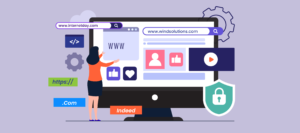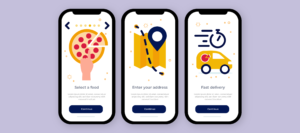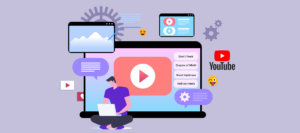Have you ever wondered about the world around you and how it can be made even better? Well, the answer lies on the IoT application examples, a revolutionary technology that is transforming our lives in ways we never thought possible.
The IoT is the network of physical devices, vehicles, home appliances, and other items embedded with electronics, software, sensors, actuators, and connectivity, which enables these objects to connect and exchange data. This means that everyday objects are becoming smarter and more interconnected, making our lives easier, more efficient, and more fun.
According to a recent study by Statista, The global number of Internet of Things (IoT) devices is expected to nearly double from 15.1 billion in 2020 to more than 29 billion in 2030. This incredible growth is driven by the increasing demand for smart devices and the growing adoption of IoT technologies across various industries.
But what exactly are IoT application examples? These are real-world examples of how IoT technologies solve problems and improve our lives. In this blog post, we will explore 100+ IoT application examples across various industries, including smart homes, wearable devices, connected cars, smart cities, industrial IoT, and more.
What is an IoT Application?

An IoT application is a software application that interacts with physical objects connected to the internet. These objects, also known as “things,” can be anything from smart thermostats and light bulbs to wearable devices and industrial machines.
IoT applications use sensors to collect data from these objects and then use that data to make decisions or perform actions. For example, a wearable fitness tracker might use data from heart rate and GPS sensors to track your workouts and provide you with feedback on your fitness goals.
Additionally, these IoT application examples are used in various industries, including smart homes, smart cities, healthcare, transportation, and manufacturing. IoT application development companies are helping businesses and organisations to improve efficiency, reduce costs, and develop new products and services.
IoT Application Examples
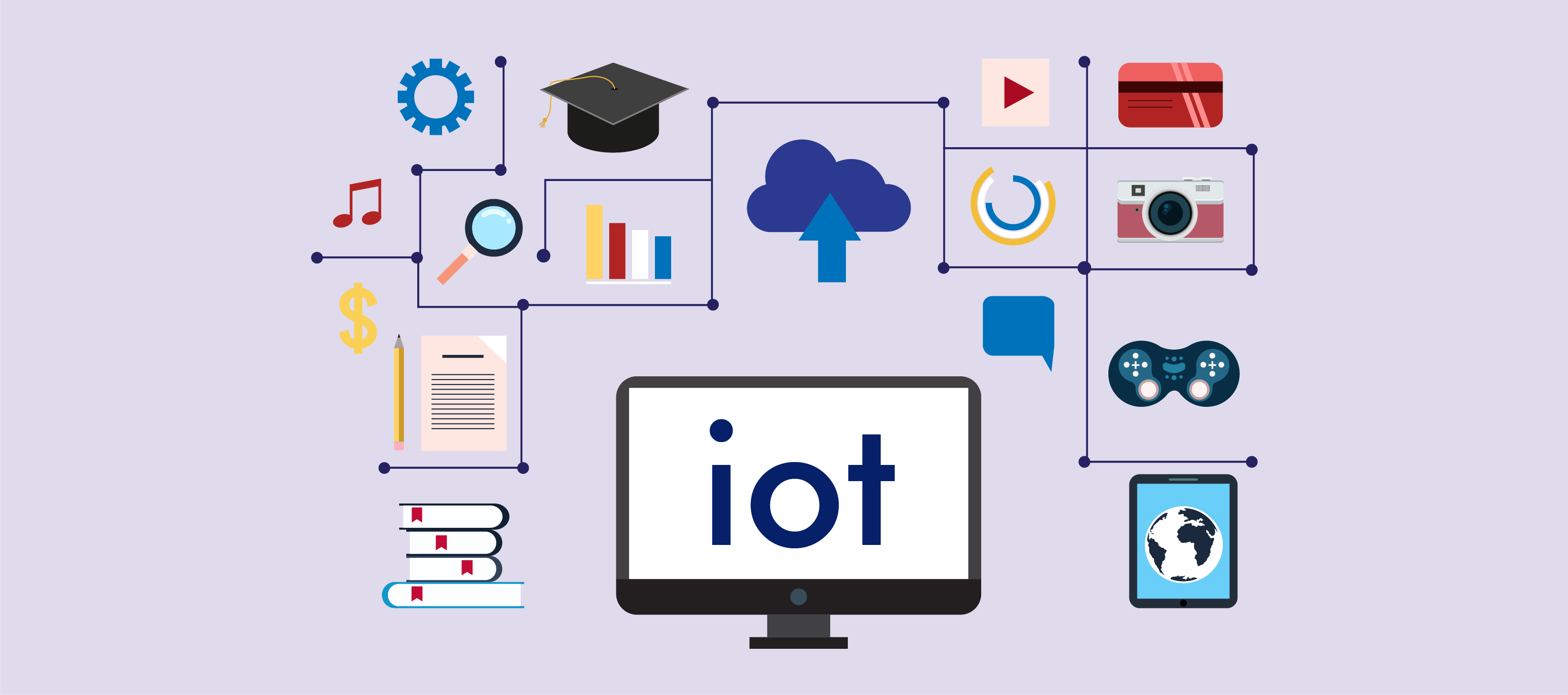
The IoT is a giant network of connected things and people – all of which collect and share data about the way they are used and about the environment around them. Here are some IoT application examples:
1. IoT application in Agriculture
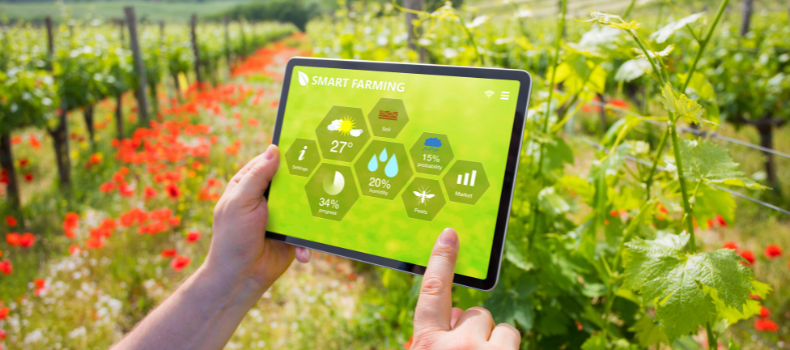
- CropX
- FieldView
- GroGuru
- IrriNet
- SmartCow
- OneSoil Scouting
- Weather Underground
- Agrilution
- FarmLink
- PA FMNP Market Locator
2. IoT Application in Education

- ClassDojo
- NearPod
- Socrative
- Kahoot!
- Quizizz
- Duolingo
- Khan Academy
- Google Classroom
- Udemy
- Coursera
3. IoT Application in Smart Cities

- Citymapper
- ParkMobile
- SpotHero
- Waze
- AirVisual
- NoiseAware
- SmartCitizen
- Nextdoor
- Chandler Public Stuff
- SeeClickFix
4. IoT Application in Healthcare

- GlucoMe
- Dexcom G6
- iHealth Wireless Smart Scale
- Patch
- Livongo
- Kardia
- Oura
- Qardio Heart Health
- Medisafe
- Guardian Connect
5. IoT Application in Transportation
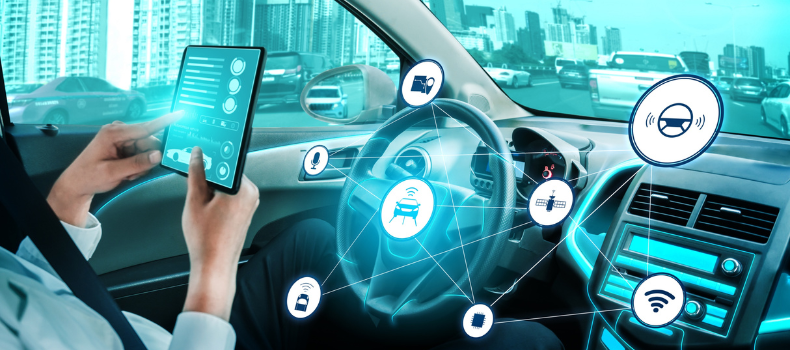
- Fleet Management Systems
- Geotab
- Fleetio
- Samsara
- Waze
- Amtrak
- Transit
- FlightAware
- Marinetraffic
- VesselFinder
6. IoT Application in Home Automation
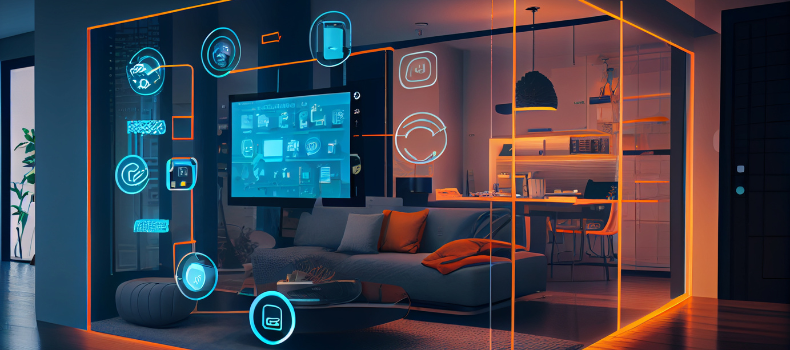
- Amazon Alexa
- Google Assistant
- Samsung SmartThings
- Apple HomeKit
- IFTTT
- Wemo Insight Switch
- Ring Video Doorbell
- Nest Thermostat
- August Home
- Philips Hue
7. IoT Application in Electrical Engineering
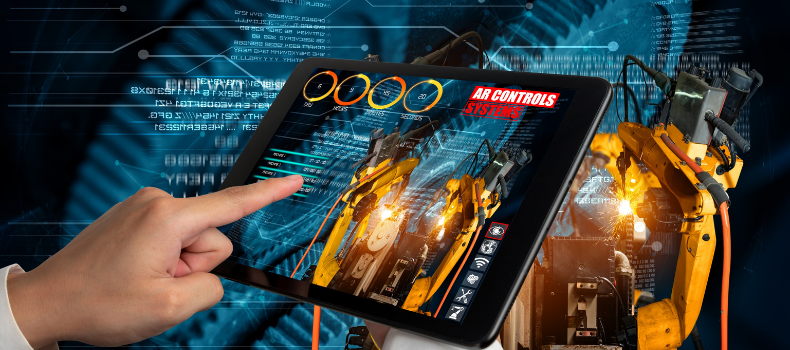
- Fluke Connect Mobile
- Power Monitor
- Electrical Engineering Reference
- Electrician’s Toolbox
- Electrical Safety
- Electrical Engineering Dictionary
- Electrical Engineering Practice Problems
- Electrical Engineering Design
- Electrical Engineering Tutorials
- Electrical Engineering News
8. IoT Application in Financial
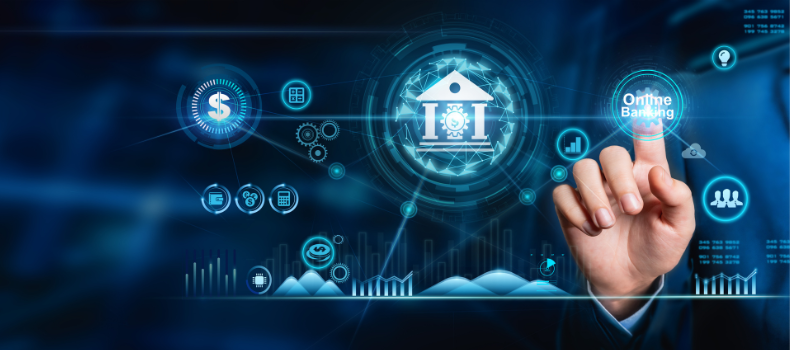
- Mint
- Personal Capital
- Acorns
- Venmo
- Robinhood
- Betterment
- Digit
- Stash
- Chime
- Aspiration
9. IoT Application in Environment
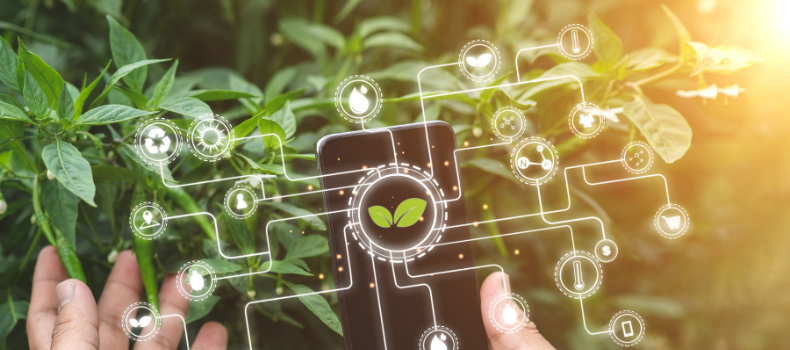
- Climate Tracker
- EPA AirNow
- Light Bulb Energy Monitor
- NoiseTube
- RecycleMate
- Smart Citizen
- Smarter Thermostat
- Water Joule
- World Air Quality Index
- AirVisual
10. IoT Application in Retail Purpose
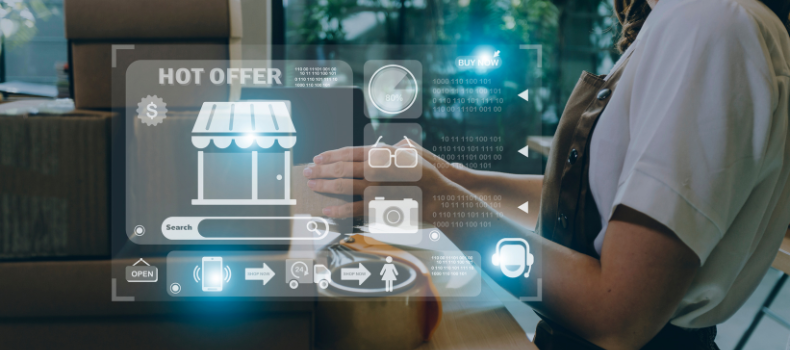
- Beacon
- StoreMap
- ShelfWatch
- Shopkick
- Retail Assist
- Inventory Insight
- Einstein Vision
- IoTIFY
- Smart Shelf
- Smart Cart
What are the Most Common IoT Applications?
The Internet of Things (IoT) transforms how we live, work, and play. It connects everyday objects to the internet, enabling them to collect and exchange data. This data can be used to improve efficiency, safety, and convenience.
There are many different IoT applications, but some of the most common include:
- Smart homes: Smart homes use IoT technology to automate tasks such as lighting, heating, and cooling and to collect data about energy consumption and water usage.
- Smart cities: Smart cities use IoT sensors to collect data about traffic, air quality, and waste disposal and use this data to improve city services and infrastructure.
- Wearables: Wearable devices, such as smartwatches and fitness trackers, can collect data about our health and fitness and can also be used to make payments and control smart home devices.
- Industrial: Industrial IoT is used to monitor and optimize manufacturing processes and to improve safety and quality control.
- Smart agriculture: Smart agriculture uses IoT sensors to monitor soil moisture, nutrient levels, and crop health and to automate irrigation and fertilization.
- Healthcare: IoT is being used to develop various healthcare applications, such as remote patient monitoring, medication adherence monitoring, and fall detection.
- Retail: IoT improves retail operations, such as inventory management, customer tracking, and personalized marketing.
Final Words
As we’ve explored in this blog post, the Internet of Things (IoT) is a transformative technology already having a significant impact on our lives. From smart homes to connected cars, IoT application examples are making our lives easier, more efficient, and more fun. With the continued growth of the IoT market, we can expect to see even more innovative and transformative applications emerge in the years to come.
FAQs
Question 1: What are the advantages of IoT?
- enhancing operational efficiency
- lowering costs;
- increasing consumer pleasure;
- boosting revenue and
- Increasing the time-to-value.
Question 2: How is the Internet of Things utilized in business?
The Internet of Things collects and analyses data on mission-critical operations, company assets and equipment, consumer behavior, employee well-being, and security.
Question 3: What are some of the future trends in IoT?
Some of the future trends in IoT include:
- The rise of artificial intelligence (AI)
- The growth of edge computing
- The development of new IoT applications


